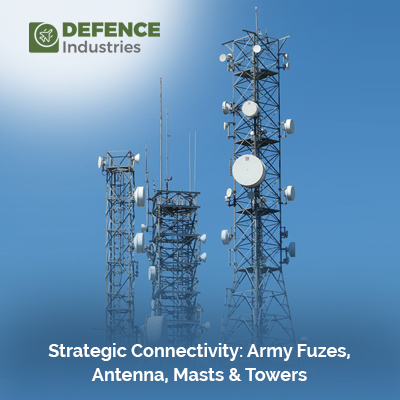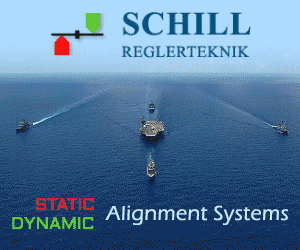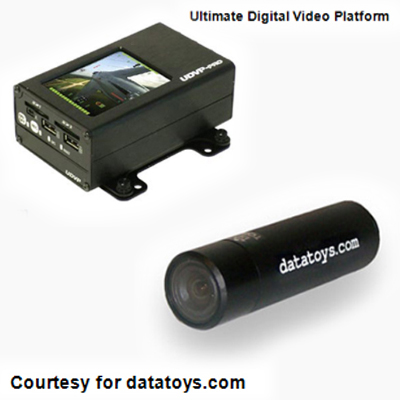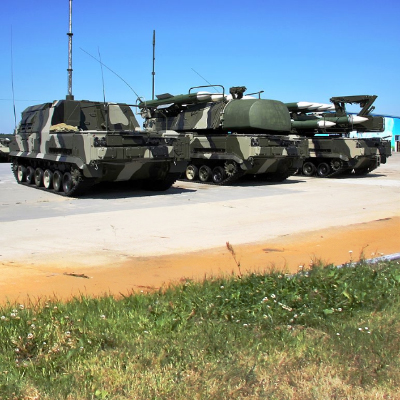Articles
Strategic Connectivity: Army Fuzes, Antenna, Masts & Towers

Introduction
In the ever-evolving landscape of modern warfare, strategic connectivity plays a pivotal role in ensuring the success of military operations. The seamless integration of various elements, such as army fuzes, antennas, masts, and towers, is essential for achieving superior communication, intelligence, and coordination on the battlefield. This article delves into the significance of these interconnected components, exploring their functionalities and the collective impact they have on enhancing the capabilities of armed forces.
Army Fuzes: Precision and Safety
Army fuzes, also known as detonators, are critical components that determine the timing and manner in which explosive devices function. These devices are designed with precision and safety in mind, enabling military forces to control the impact of artillery shells, missiles, and other explosive munitions. The integration of advanced fuzing technologies ensures not only accurate targeting but also minimizes the risk of collateral damage.
Modern army fuzes incorporate sophisticated sensors and electronic components that allow for programmable functionality. This adaptability enables military personnel to adjust the settings of the fuzes in real-time, optimizing their performance based on the specific requirements of a mission. Whether it's airburst capabilities to engage enemy forces behind cover or delayed detonation to penetrate hardened structures, the versatility of army fuzes is a testament to the advancements in military technology.
Antennas: Backbone of Communication
Effective communication is the lifeline of any military operation, and antennas serve as the backbone of this communication network. Antennas facilitate the transmission and reception of signals, enabling seamless connectivity between various units on the battlefield. From ground forces to air support and naval units, antennas play a crucial role in maintaining situational awareness and ensuring coordinated efforts.
The integration of advanced antenna technologies, such as phased-array antennas and directional antennas, enhances the efficiency of military communication systems. These technologies enable rapid and secure data transmission, reducing the vulnerability to interception by adversaries. Additionally, the use of satellite communication antennas ensures that military forces remain connected even in remote or challenging terrains, providing a significant advantage in terms of operational flexibility.
Masts: Mobile Connectivity Platforms
Masts serve as mobile connectivity platforms, enabling the deployment of antennas and other communication equipment in the field. These structures are designed for rapid deployment and can be quickly erected to establish communication networks in diverse environments. Masts play a pivotal role in overcoming obstacles like rough terrain or urban landscapes where traditional communication infrastructure may be limited.
The versatility of military masts allows for the integration of various communication technologies, including radio antennas, surveillance equipment, and even small-cell networks. This adaptability ensures that military forces can establish secure and reliable communication links on the move, supporting dynamic operational requirements. Masts are particularly crucial in expeditionary operations, where the ability to establish communication quickly can be a decisive factor in mission success.
Towers: Establishing Dominance in Fixed Locations
While masts provide mobile connectivity, towers are essential for establishing dominance in fixed locations. Military towers are robust structures that support a range of communication equipment, surveillance systems, and even weapons platforms. Erected in strategic locations, these towers enhance the overall reach and effectiveness of military communication networks, providing a significant advantage in terms of surveillance and control.
The height and stability of military towers enable the deployment of long-range communication systems and surveillance equipment, extending the reach of military forces over vast areas. Additionally, towers can be equipped with advanced security features, such as anti-tamper measures and integrated defense systems, to protect critical communication infrastructure from hostile threats.
Conclusion
Strategic connectivity is the linchpin of modern military operations, and the seamless integration of army fuzes, antennas, masts, and towers is paramount for success on the battlefield. The precision and adaptability of army fuzes ensure effective targeting and minimal collateral damage, while antennas serve as the backbone of communication, enabling coordinated efforts among various military units.
Masts and towers, whether mobile or fixed, provide the necessary infrastructure to establish and maintain connectivity in diverse environments. Their versatility and adaptability make them indispensable in the dynamic and ever-changing landscape of modern warfare. As military technology continues to advance, the integration of these interconnected components will play a crucial role in shaping the future of strategic connectivity and ensuring the success of military operations.









